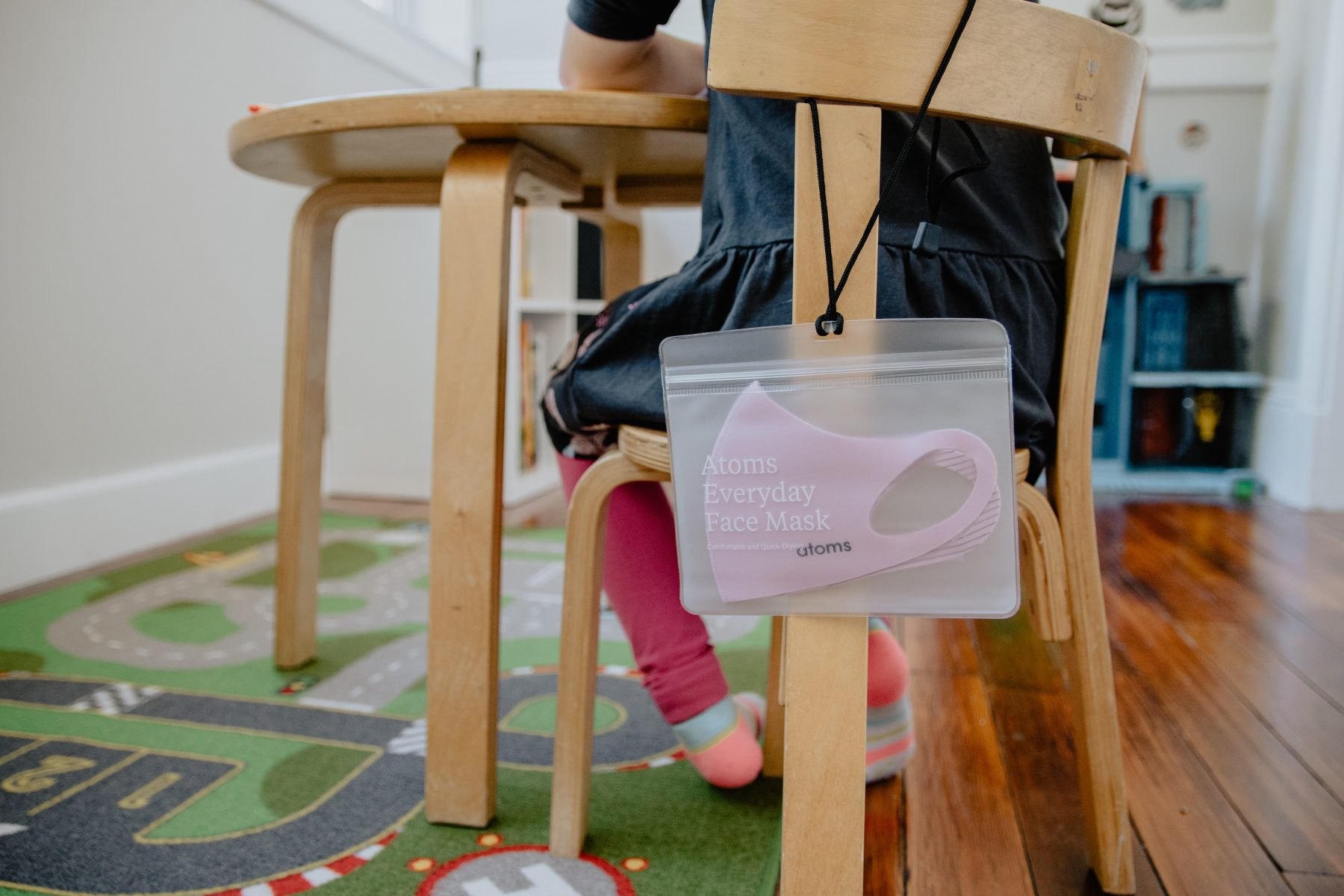COVID-19 shows young children more likely to be asymptomatic

Babies and asymptomatic cases account for up to half of COVID-19 infections in the under-five age group, which has implications for vaccination programs, a new study from the University of New South Wales (UNSW), Sydney, has revealed.
A systematic review and meta-analysis of international COVID-19 literature, led by UNSW, has confirmed that while children under five years of age were likely to recover from the infection, half of those infected were infants and almost half of the infected under-fives were asymptomatic.
As well as having the potential to inform future policy and decision making about potential COVID-19 vaccination for young children and maternal immunisation programs during pregnancy, the study has implications for those working with children from birth to five years of age in the early childhood education and care (ECEC) sector.
Further research is needed, scientists said, to explore the potential risk of transmission from infants to their mothers, families and other caregivers, and to find out more about whether asymptomatic children under five years of age can spread the disease.
Senior author Dr Nusrat Homaira said the research filled a key knowledge gap on the epidemiology and clinical characteristics of COVID-19 in children under five.
“There have been systematic reviews published for the whole population – including all children aged under 18 years and adult populations – but not specifically on the under-five age group,” she said.
“We chose to focus on the under-fives because they are the most at-risk age group for respiratory infections and respiratory infections are one of the most common reasons why children are hospitalised – so, it is important to have a clearer understanding of COVID-19 infection and its severity in children under five.”
The second reason for the focus of the study, and the one likely to be of most interest to those in the ECEC sector, is that children often have asymptomatic infection generally and play a significant role in transmission of respiratory infections within the community.
“When we wrote our paper in July, there was no COVID-19 vaccine available but now several countries have started administering multiple COVID-19 vaccines which are being offered to healthcare workers, people over 80 years old, and residents and staff of nursing homes in the first phase,” Dr Homaira said.
As far as the researchers are aware, their study is the most comprehensive systematic review and meta-analysis of the literature, specifically for children aged under five with laboratory-confirmed COVID-19 infection.
“Our systematic review suggests the prognosis of COVID-19 in this age group aligns with current published research, with more than 90 per cent of children developing mild to moderate disease,” she added.
Conducted in conjunction with researchers from Telethon Kids Institute Perth, The University of Sydney, International Centre for Diarrhoeal Disease Research Bangladesh (icddr,b) and The Royal Veterinary College University of London, the study was published in the journal Vaccine recently, and may be accessed here.
Popular

Quality
Practice
Marketplace
Provider
Research
Unlocking potential: How the HIPPY Australia free resources support family engagement and school readiness
2025-11-05 07:25:36
by Fiona Alston

Quality
Marketplace
Practice
Provider
Research
Workforce
Tiny Souls: Strengthening child safety, wellbeing and emotional literacy in 2026 and beyond
2025-11-04 07:30:02
by Fiona Alston

Quality
Practice
Provider
First Nations early childhood partnership recognised at 2025 IPAA Awards
2025-11-03 08:30:16
by Fiona Alston













